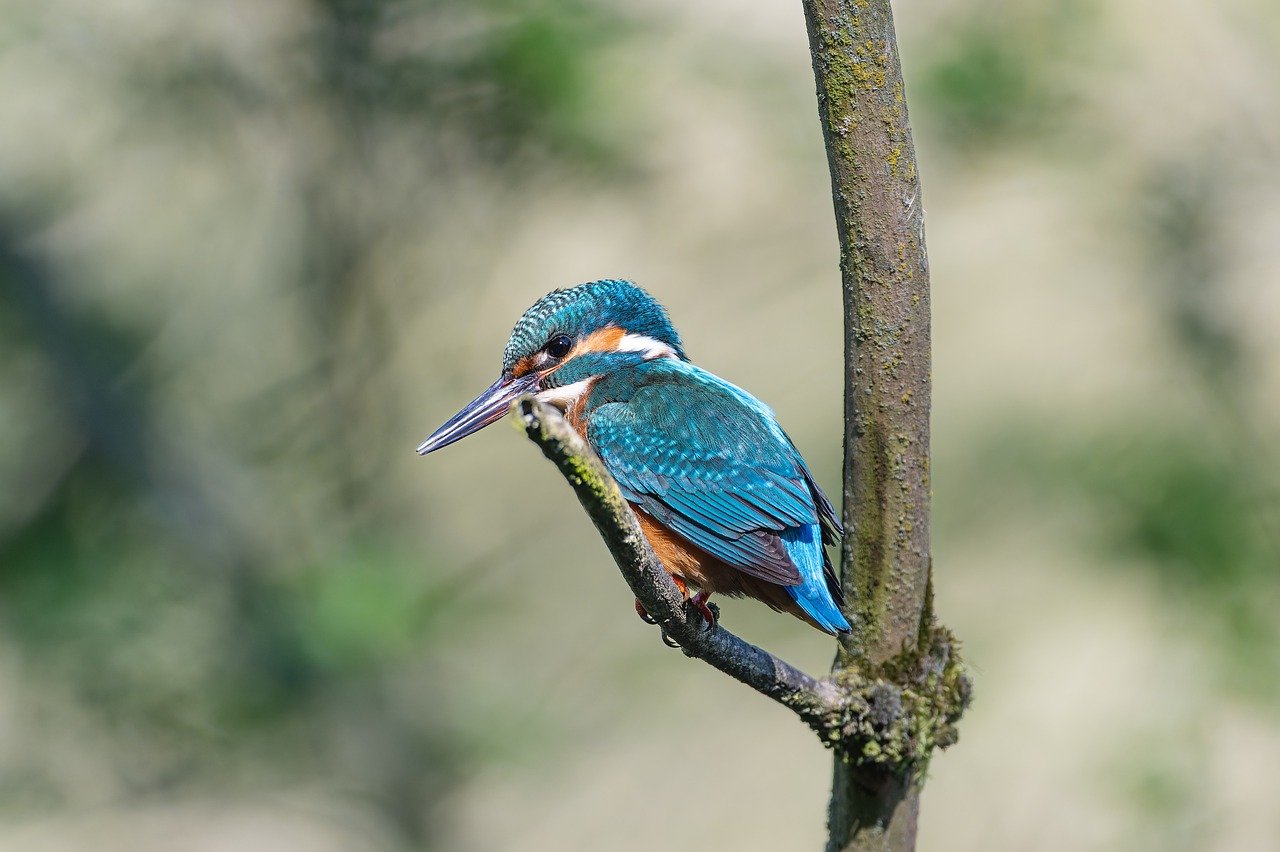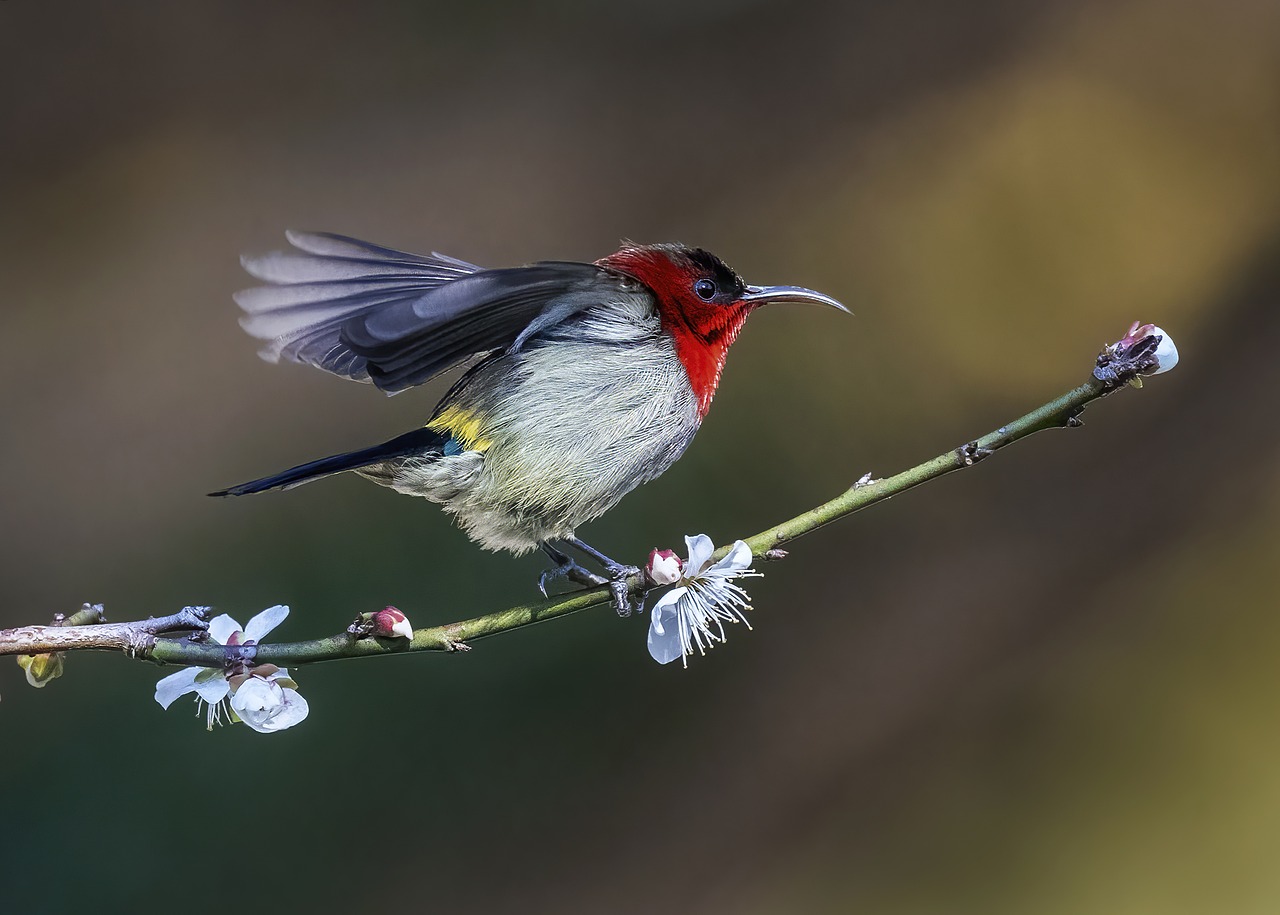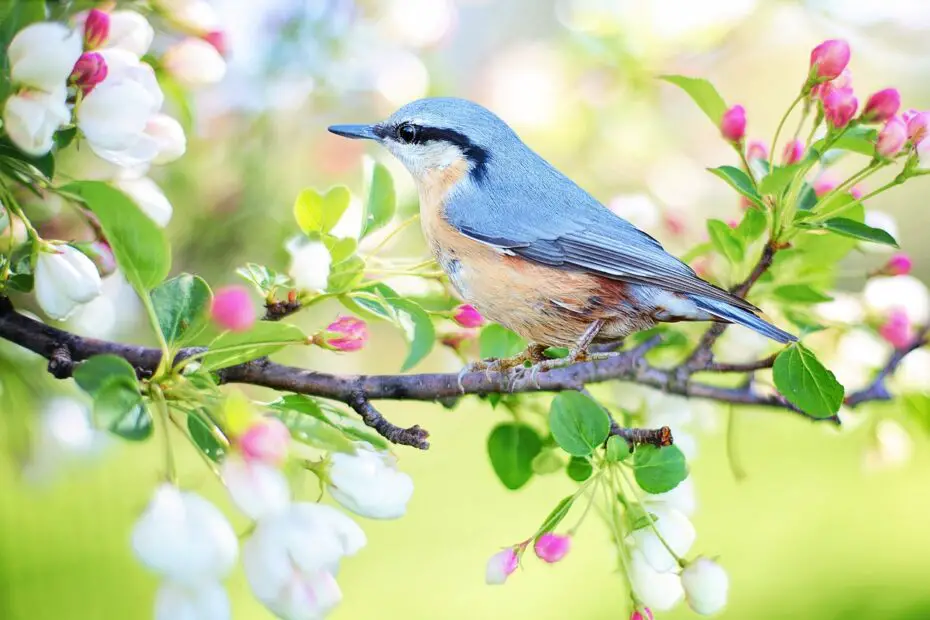Birds have captivated humans for centuries with their vibrant colors, melodious songs, and graceful flights. From tropical rainforests to remote islands, the world is home to a diverse array of bird species, each offering a unique display of natural beauty.
In this article, we will embark on a journey through the paradise of birds, exploring their habitats, extraordinary adaptations, captivating behaviors, and the significance of bird conservation efforts. Let’s dive into the enchanting world of avian wonders.
You may also want to read about 7 beautiful pink birds in North America.
The Diversity of Avian Life
A Kaleidoscope of Colors
Birds are known for their spectacular plumage, which comes in a kaleidoscope of colors. From the iridescent hues of hummingbirds to the vibrant displays of parrots and toucans, these feathered creatures showcase nature’s remarkable palette. Their colors serve various purposes, including attracting mates, camouflaging in their habitats, and signaling dominance.
Wings of Wonder
Birds possess a unique adaptation that sets them apart from other creatures – wings. These powerful appendages enable them to take to the skies and explore vast distances. Birds showcase a wide range of flight styles, from the effortless soaring of eagles to the agile acrobatics of swallows. Their wings are marvels of engineering, designed for different flight patterns, such as soaring, gliding, hovering, or rapid flapping.

Exploring Bird Habitats
Tropical Rainforests: A Haven of Biodiversity
Tropical rainforests are often considered the true paradises of birds. These lush and vibranYUt ecosystems provide a wealth of food sources, nesting sites, and protection for countless bird species. From the resplendent quetzals of Central America to the colorful macaws of the Amazon, tropical rainforests harbor some of the most breathtaking avian treasures on Earth.
Island Paradises
Islands offer unique habitats that have fostered the evolution of remarkable bird species found nowhere else in the world. From the iconic Galapagos finches to the kiwis of New Zealand, island birds have adapted to their isolated environments, leading to incredible diversity and distinct characteristics. These islands serve as living showcases of evolution’s creativity and are a delight for bird enthusiasts.
Captivating Bird Behaviors
Elaborate Courtship Displays
Birds engage in elaborate courtship rituals to attract mates and ensure successful reproduction. From intricate dances to vibrant displays of feathers, these rituals showcase the creativity and beauty of avian courtship. The dances of birds-of-paradise, the aerial acrobatics of frigatebirds, and the synchronized displays of sandhill cranes are just a few examples of the mesmerizing courtship behaviors found in the paradise of birds.
Migratory Marvels
Migration is one of the most awe-inspiring behaviors observed in birds. These incredible journeys span thousands of kilometers, as birds navigate across continents, crossing deserts, mountains, and oceans. From the epic flights of Arctic terns to the graceful formations of migrating geese, these journeys demonstrate the perseverance and adaptability of birds in their quest for survival.

The Significance of Bird Conservation
Preserving Ecosystem Balance
Birds play a crucial role in maintaining the balance of ecosystems. They act as seed dispersers, pollinators, and natural pest controllers. By preserving bird habitats, we safeguard not only the birds themselves but also theentire ecosystem they inhabit. Conserving bird populations ensures the continued health and functioning of our natural world.
Threats to Bird Populations
Birds face numerous threats, including habitat loss, climate change, pollution, and illegal wildlife trade. Deforestation, urbanization, and agricultural expansion encroach upon bird habitats, depriving them of essential resources. Climate change disrupts migration patterns and alters ecosystems, impacting bird populations. Pollution, such as pesticides and plastic pollution, poses additional risks to their survival.
Conservation Efforts and Citizen Science
Conservation organizations and individuals worldwide are working tirelessly to protect bird species and their habitats. Efforts range from establishing protected areas and wildlife corridors to raising awareness and advocating for bird-friendly practices. Citizen science initiatives, such as bird monitoring programs and community involvement, contribute to our understanding of bird populations and help guide conservation strategies.
Conclusion
The paradise of birds is a testament to nature’s artistry, encompassing a vast array of colors, behaviors, and habitats. From the lush rainforests to remote islands, birds enchant us with their beauty, songs, and remarkable adaptations. By appreciating and conserving these avian wonders, we ensure that future generations can continue to marvel at their splendor and appreciate their vital role in maintaining the balance of our planet.
FAQs
1. What is the most colorful bird in the world?
The resplendent quetzal, found in the cloud forests of Central America, is often regarded as one of the most colorful birds. Its vibrant green plumage, long tail feathers, and contrasting red belly make it a true symbol of tropical beauty.
2. Do all birds fly?
While the ability to fly is a defining characteristic of birds, not all bird species are capable of sustained flight. Flightless birds, such as ostriches, penguins, and emus, have adapted to their respective habitats and rely on other means of mobility.
3. How can I contribute to bird conservation efforts?
You can contribute to bird conservation by supporting organizations dedicated to bird protection, volunteering for local conservation projects, and practicing bird-friendly behaviors in your daily life. Simple actions like creating bird-friendly habitats in your backyard, using bird-safe window treatments, and reducing the use of pesticides can make a significant difference.
4. Why are birds important for ecosystems?
Birds play crucial roles in ecosystems as pollinators, seed dispersers, and controllers of insect populations. They contribute to the health and diversity of plant species and help maintain a balance in the food chain. Their presence and activities contribute to the overall functioning and stability of ecosystems.
5. What is the most extraordinary bird behavior?
Birds engage in many extraordinary behaviors, but one that stands out is the courtship display of the superb bird-of-paradise. The male bird performs an intricate dance, displaying vibrant feathers and contorting its body in mesmerizing ways to attract a mate. This behavior showcases the remarkable beauty and creativity found in the paradise of birds.
